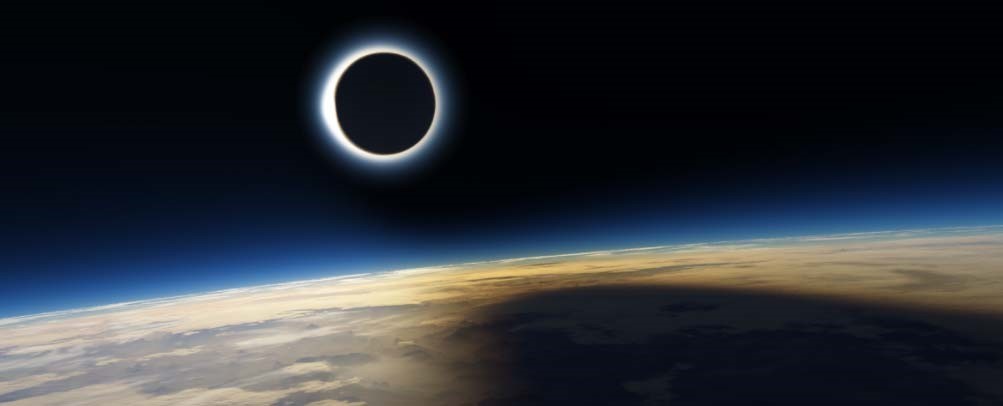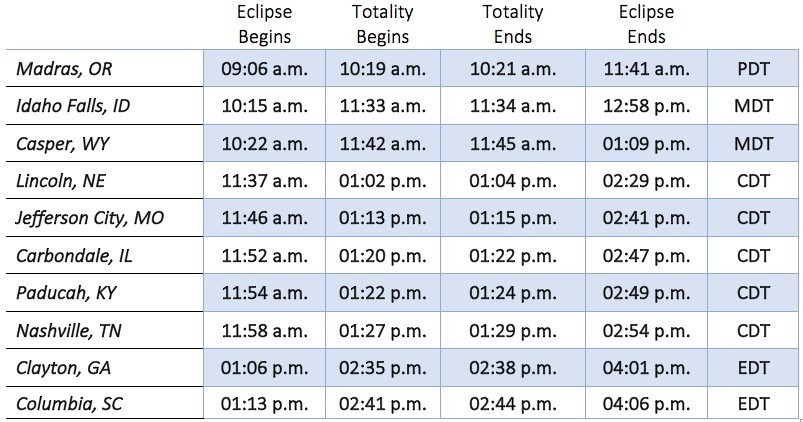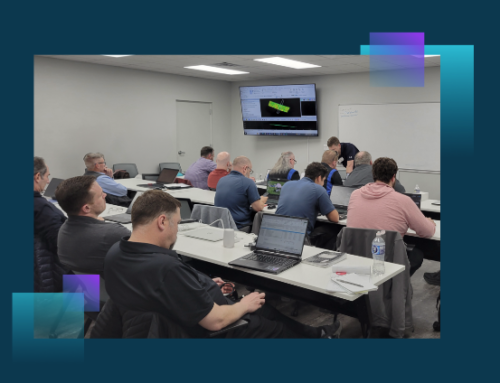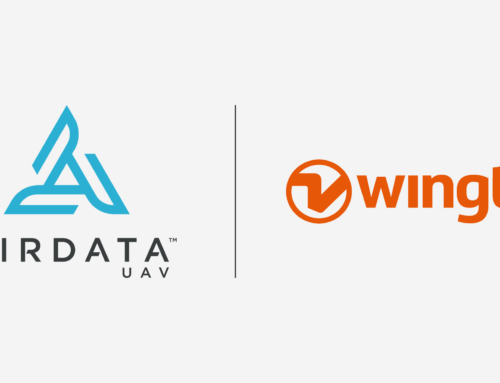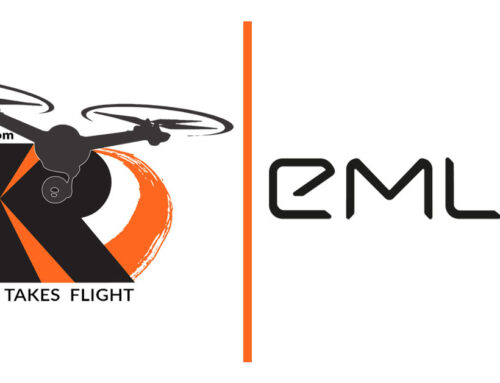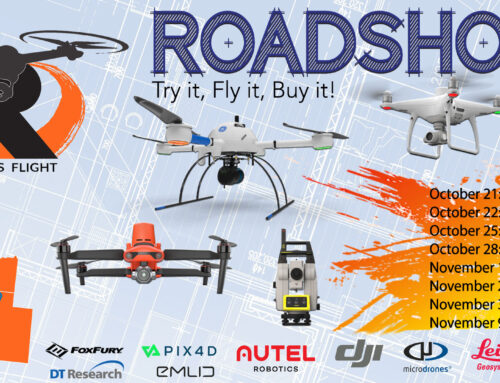
Yuneec Typhoon H near Red Rock Canyon
2017 brings an opportunity of a total solar eclipse, a rare and exciting event. In recent times, the only place to view a full eclipse has been unpractical as being in remote areas or on the ocean have been the only viewpoints of quality. This year is much different!
cation in the USA is in the central corridor, but that doesn’t mean you won’t be able to see the eclipse in your area. Learn more about the eclipse, its path, and what to expect from here. Sundance Media Group will be in Hopkinsville, Kentucky where there will be 2 minutes and 40 seconds of totality where the day will become almost as dark as night!
Capturing the sun with the moon overlaid will not be very practical with a drone. Simply put, a very small lens system with a wide angle (as most drones offer) will record only a tiny dot in the sky, and this is why long, telephoto lenses are required for proper direct capture of the eclipse.
However, the shadow of the moon passing over the earth is as dramatic as the eclipse itself, and a drone is ideal for this sort of image capture. Still images, time lapse images, or video can all be very exciting when captured from altitude.
Capturing the movement of the moon shadow over the earth will be very dramatic, and quite easy to capture with most any drone. We recommend the Yuneec Tornado, Typhoon H, or Q500 with the CGO‐series cameras.
To capture the eclipse properly, an ND filter is required. If capturing over water, an ND64 is recommended. If capturing over land, an ND16 will suffice. PolarPro and Freewell both manufacture ND filters for use on the CGO3+ camera.
The Neutral Density (ND) filter will slow down the camera’s shutter, allowing for smooth movement of the shadow, while also reducing the dynamic range, providing for clearer contrast and deeper color.
A wide open area is preferable. Being as high on a hill or other elevation with an unobstructed view is also extremely desireable. Altitude is the best way to capture the dramatic movement of the shadow.
With regulations preventing altitudes of over 400’, larger areas and hilltops are very important for the best recording of the experience. The extremely wide‐angle of the CGO3+ camera system will help capture a broader perspective, giving the shadow a very dramatic flair as it moves across the curvature of the earth.
The key to ensuring you capture the images you want is PLANNING your flight. Safety is paramount as it is likely there will be many curious eclipse observers. You will want to ensure that where you are flying is legal and safe. Here are a few planning tips:
■ Ensure your UAV, controller and camera current on software/firmware updates
■ Scout the area you plan on flying; Check the airspace you plan to fly.
- File a NOTAM, or “Notice To Airmen.” Dependent on the desired airspace, hobby users can electronically request ownership of a particular area above them at an altitude of higher than 400’. Requesting a NOTAM costs nothing, and is a good safety measure, particularly in areas where helicopters and fixed wing aircraft may be flying.
■ Pre-Plan the steps of your flight to ensure you capture your footage!
- Practice the angles!
- Between today and the eclipse, fly the drone to high elevations/altitudes to find the best camera angle at the best times of day for your eclipse view.
Take note of the sun’s location, proximate objects in the foreground, and identify (and write down) the best camera angle that shows more earth than sky. Keep only the horizon in the upper portion of the frame during this time.
Plan on allowing the drone to hover with no movement. The eclipse shadow will move quickly; approximately 2 minutes of totality in the central areas of the US; being prepared is important.
What you DO NOT want to do is spend an entire eclipse event messing around with your settings, or viewing it entirely through your remote/ground station. PRACTICE these angles so that you are able to naturally observe the phenomenon of the eclipse with your eyes (covered by protective eyewear, of course).
Although the small Yuneec Breeze is not recommended for high altitude flight, if you’re in an area where a hilltop and few obstructions exist, the Breeze may also be used. While there are no filters available for the Breeze, Neutral Density gel is available at any theatrical supply, and may be taped in place over the camera lens during this rare, exciting event.
Take caution to not point the camera lens of any camera system directly at the sun without proper MD filtration. It is very likely the intensity of the sun will burn the imager hardware of the camera, permanently damaging it. Eclipse sunglasses are recommended as well. Here are are a few more eclipse safety tips to know about.
Above all else, practice standard UAV flight safety techniques. Avoid flying over persons, property, or animals, stay within required altitude limits, and keep a watchful eye on the drone during the 2 minutes of the total eclipse.
As we mentioned, SMG will be in Hopkinsville, KY to experience the “path of totality”. If you are in the area, be sure to register with the area organizers and drop by to say “hi”!
Fly Safe and capture some inspiring images! Be sure to drop by our Facebook page and share with us!


